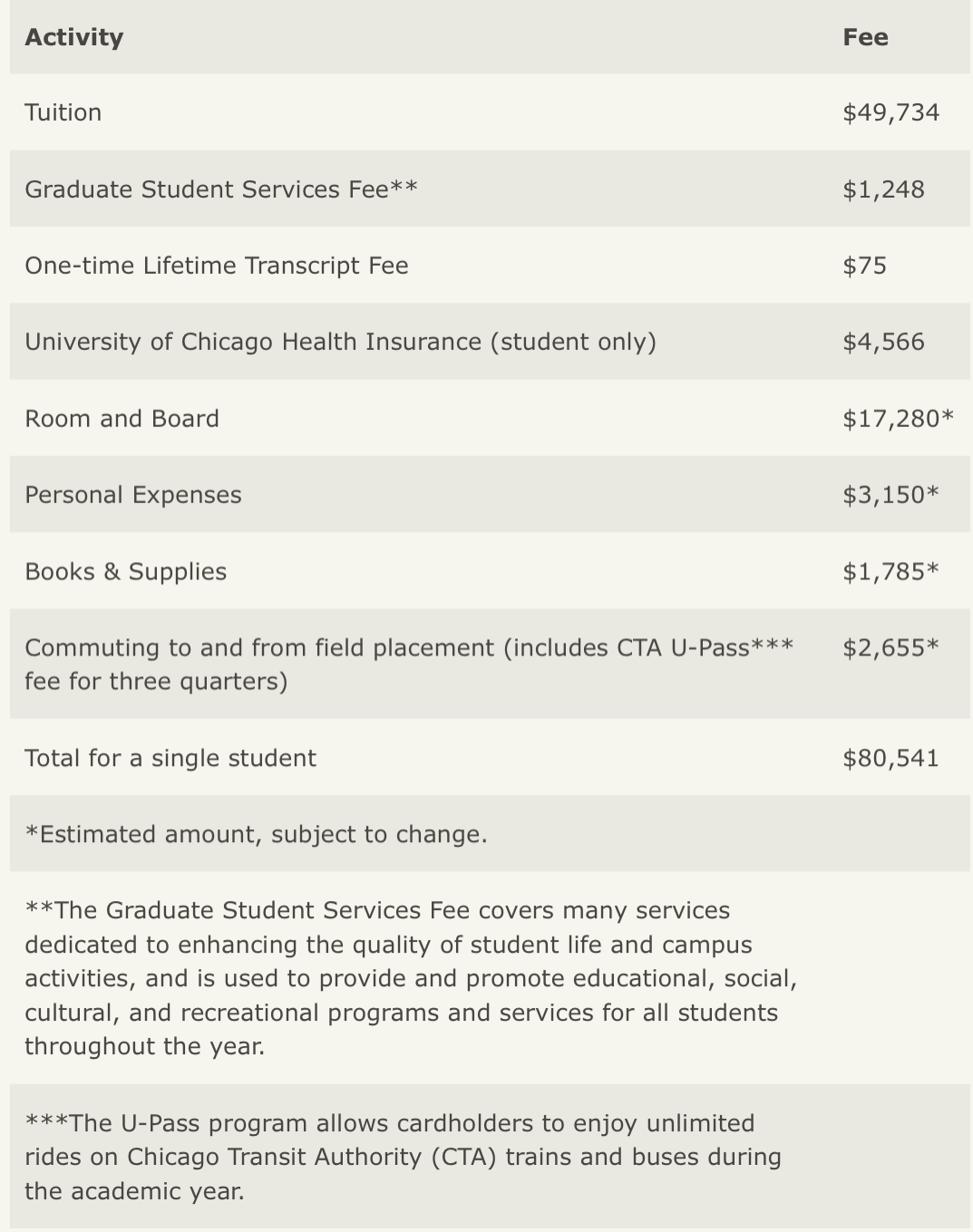When calculating the cost of studying abroad for Indian students, you need to consider two main types of cost: academic and non-academic costs.
Here is the cost of studying abroad for Indian students varying based on the country.
| Country | Academic costs | Non-Academic costs |
| US | $4000- $40,000 a year | $1000-1500 a month |
| Germany | Generally you have to pay only semester fees | EUR 900 per month |
| France | EUR 380-3000 per year | EUR 600-800 a month |
| UK | £15,000 – 30,000 a year | £700-1400 a month |
This article covers:
- Detailed academic costs
- Detailed non-academic costs
- Factors that affect these costs
- How to fund your education
Academic cost of studying abroad for Indian students
These are expenses that you have to pay to your university.
It includes your tuition fees, administration costs, and more. While applying for your course, you can check the total academic cost.
Most courses have no compulsory elements that entail additional costs beyond fees and living costs.
However, typically in Master’s degrees or Undergraduate degrees which require a dissertation, a project or a thesis topic, you may incur additional costs.
Depending on your choice of topic and the research required to complete it, you may have to pay for travel expenses, research expenses, and field trips.
Some colleges allow you to apply for small grants from your department and/or college to help you cover some of these expenses.
Note – In most universities, fees increase annually. So, if you have enrolled in a program in 2022/23 and will continue on the same course for more than one year, plan for a fee hike. Plan for a 3-5% increment.
The academic costs vary depending on three main factors:
- Country
- Program
- College

Because of the higher education system in the U.S. attending a public university is much cheaper than attending a private one. The out-of-state and in-state distinction does not matter for international students.
Non-academic cost of studying abroad for Indian students
Think of non-academic costs as living and personal expenses. These expenses aren’t paid to the university but are necessary costs of studying abroad for Indian students.
These can include rent, food, entertainment and more.
Here is a run down of living cots in Oxford for you to get an idea.

As you can see, there are two categories of costs: lower range and upper range.
How much you spend on non-academic expenses is not set in stone. It largely depends on your lifestyle.
Tips to reduce non-academic costs:
- Find modes of transport that are cheaper in the long-run.
- Pack your own lunches.
- Look for entertainment services that are free. For example, in France students and EU residents under 26 have free access to all the national museums and monuments in France.
- Take advantage of your student ID. You can get a lot of additional discounts as a student. For example, sign up on UNiDAYS. You can enjoy discounts on brands and appliances.

If your course will continue for more than a year, you should plan for an increase in living expenses of 3-5% each year.
Non-academic cost of studying abroad for Indian students in part-time courses
The living costs above are based on single, full-time students living in Oxford.
However, some of you may be pursuing part-time degrees. Even then, you will still need to cover your cost of living on a full-time basis.
Calculate your living costs to be sure that you have sufficient money to meet these costs for the duration of your course.
The two areas you need to focus the most on are:
- Travel
- Accommodation
Some students prefer to stay outside the city or in the outskirts for cheaper accommodation.
In that case, you should calculate your travel expenses first, to check if travel costs don’t override accommodation savings.
Living Costs for dependants
In some cases, international students travel with children, spouse, and parents.
In that case, you need to plan for additional costs. To secure a visa, you will need to show that you have the funds to support the cost of studying abroad for an Indian student plus the additional costs.
Here are some additional costs you will have to incur.
- Utility bills – Check whether any utility bills are included in your rent. Plan for how the size of your property and the number of people living there will affect your bills.
- Tax – In some countries and cities, a student living with non-students may have to pay additional costs.
- Food – Compare food prices on websites and supermarkets to save money.
- Childcare – The cost of childcare varies from place to place. In some countries, children may be able to go to schools for free.
Note – Your parents or partner might be planning to work to help fund themselves whilst you study. Check if their visa permits that. And keep in mind that it will take some time so you need to have enough funds to cover that period.

This is an estimate of expenses that a domestic student in the Full-time Social Work, Social Policy, and Social Administration Master’s program or doctoral student in scholastic residence will incur during the 2021-22 school year (based on a nine-month budget with a modest standard of living).
Application cost of studying abroad for Indian students
To study abroad there are some prior expenses that you need to consider.
These are application costs, visa costs, test costs and more. Basically, everything you need to do before you can get an admission.
Major expenses:
- Visa application
- College application fees (generally around INR 10,000)
- English proficiency test costs
- GRE/GMAT
- Medical exam
Falling Rupee increases the cost of studying abroad for Indian students
One of the biggest concerns for international students is the falling rupee. If your education costs $50,000 when $1 = INR 79.70, you will have to pay INR 39,94,750.
However, over the last year, the rupee has fallen against the US dollar by more than 5 rupees. This means an increase of more than INR 2,50,000 in your costs.
Hence, if you are planning your expenses in advance, keep room for a 7-10% change in the rupee value. Keep these fluctuations in mind and anticipate and increment in total costs in the coming year.
Don’t let this discourage you from pursuing your education abroad. This is a long term-investment with great returns and there are plenty of funding options available.
Education loan for study abroad
Scholarships are limited. It’s a long process and they rarely cover all expenses.
While you should apply to them, you should also have a backup option.
An education loan can cover all the costs of studying abroad for an Indian student.
You may already know about education loans available from banks. But there are also simpler and better options.
The key to paying back your loan is to get the best interest rate.
Interest for Education loan for study abroad in Indian banks.
| Bank | Rate |
| PNB | 8.15% onwards |
| Axis Bank | 13.5% onwards |
| HDFC bank | 9.55% onwards |
| Indian Overseas Bank | 10% onwards |
Note: The rates fluctuate according to the loan amount. You also have to pay processing fees as well which is typically 1% of the loan amount.
How?
FundRight is India’s first loan bidding platform. The smarter and cheaper way to secure an education loan for studying abroad.

So, the lenders in the market compete to fund your education, giving you the best interest rate.
The platform compares 35+ public banks/private banks/NBFCs in the market and gives you a list of 7 best options to fund your education.
The entire process is free and online. You have to just follow five simple steps.
- Sign up on FundRight and share your profile
- Get funding options
- Select your lenders
- Submit your documents
- Get your funds
The platform can get you funds as quickly as 2 days.
Additional expenses after taking an education loan for study abroad
Taking out a loan means that you have to plan for additional expenses.
You have to pay back your interest amount and interest.
Use the EMI calculator to check how much money you will have to pay back. All you have to do is add your loan amount, loan tenure and interest rate.
Depending on your profile and the leading agency you may or may not have a repayment-free moratorium period.
Moratorium period = Duration of your course + 6 months/1 year.
Note – Moratorium periods are granted only for education loads so don’t take out a personal loan to fund your education.
The best idea is to take the advice of a financial expert. The expert can always your profile, help you compare your offers and advise you regarding the best option for you.
With FundRight, you can get a free financial expert who will help you compare the different education loans for studying abroad offers you get.

After you have finished your education and received a job, you can also apply for an education loan transfer and get a better rate of interest. This is because the new lender enjoys a lower risk as you have a stable income.
Now that you know how to calculate the cost of studying abroad for Indian students, get started on your plan. Consider getting an education loan for study abroad to fund your education.
An education loan for study abroad is a great idea if you are confident in your skills to secure a high-paying job.















